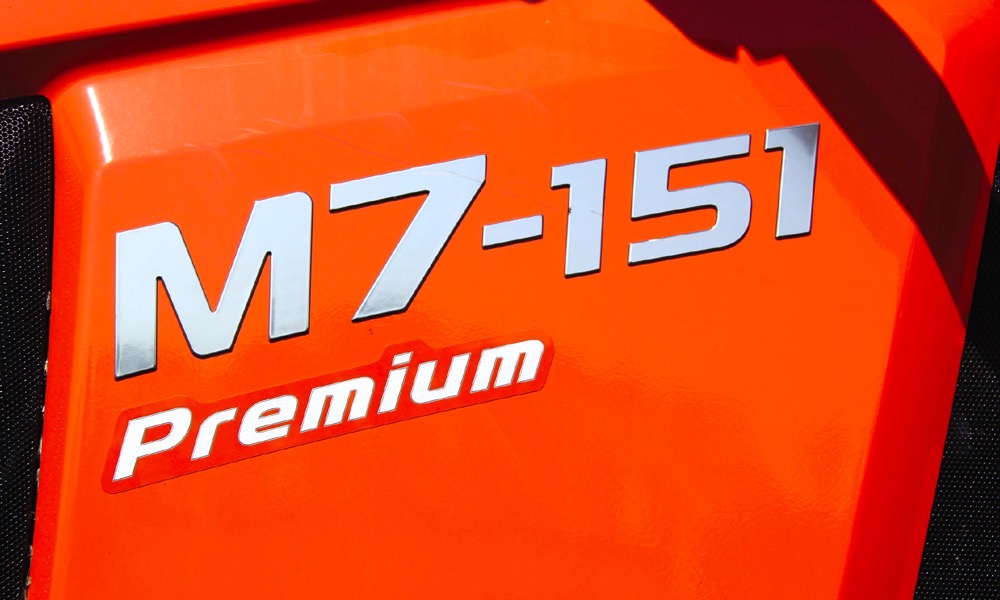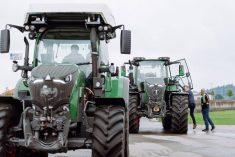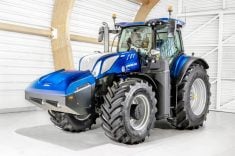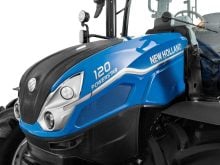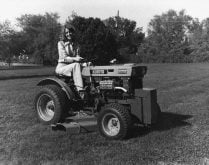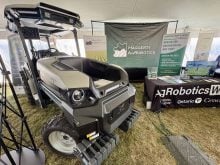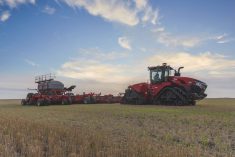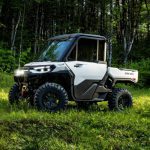A couple of years ago, Kubota introduced its flagship M7 line of tractors, which pushed the available horsepower in its tractor line to 168.
Since then the orange brand has been pushing to become a much bigger player in the ag equipment market, with a stated intention of eventually becoming a full-line manufacturer.
But there’s a lot of work ahead for the company between then and now. However, since Kubota acquired Norwegian equipment manufacturer Kverneland, the company has been able to field a pretty full line of hay tools. And that’s where we focused during our testing.
Working on several acres of green feed we seeded earlier in the year at the Ag in Motion farm show site near Saskatoon, we put two M7 tractors, an M7-151 and M7-171, to work cutting and baling. (Both of them were premium models.) That gave us a chance to see how well the M7 models were suited to haying operations.
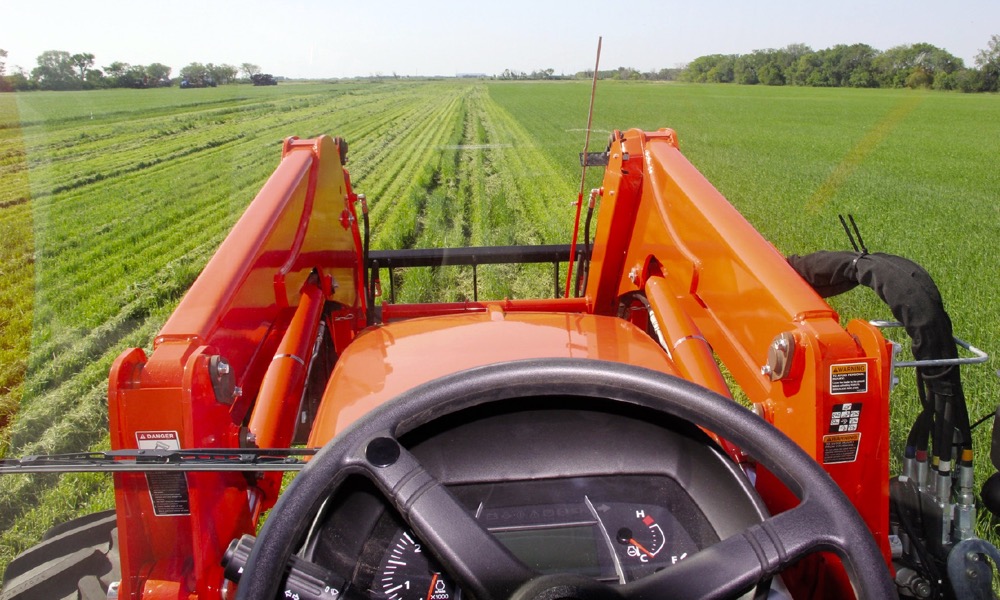
The 151 was equipped with the brand’s powershift transmission and the 171 had the KVT continuously variable transmission. Both types share the same control arrangement, with a multi-function propulsion lever on the armrest directing gear changes in the powershift and forward or reverse movements on the KVT. And both have electro-hydraulic shuttle shift.
The powershift changed gears very smoothly, and the LCD screen on the forward dashboard provides readout of the gear selected and ground speed.
The KVT has a similar information screen. On initial start up, the KVT seemed a bit slow off the mark with the tractor pausing for a second or so before moving after the propulsion lever was pushed. With the good selection of working speeds offered by the powershift and its quick responses, it became a favourite compared to the slightly more sluggish KVT.
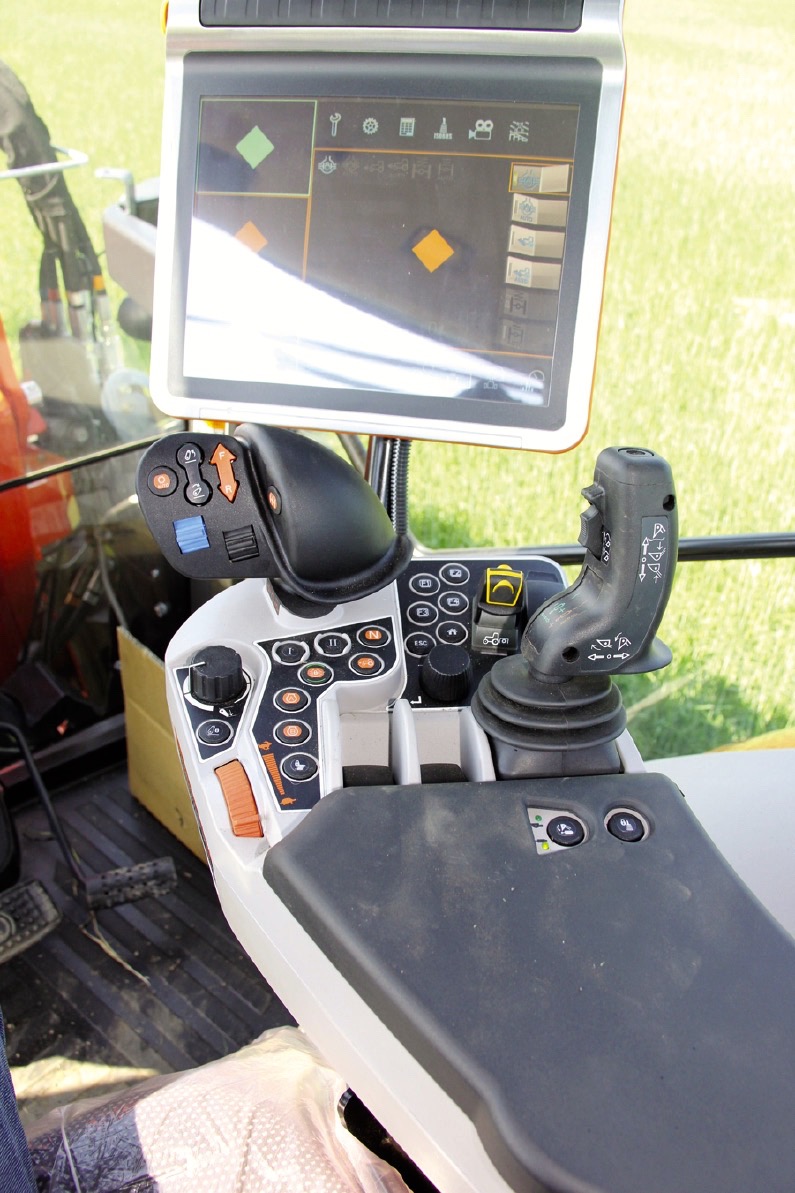
Two engine pre-set buttons, which could be set for a pair of engine speeds, eliminate the need to adjust the throttle on common jobs. And all the tractor functions could be monitored on the large touch screen mounted on the control arm. The screen was relatively intuitive to use, operating much like a smartphone. However, in bright daylight it suffered from a lot of glare and could be difficult to see.
Overall, the control arm arrangement typical of ag tractors that was first introduced to the brand on the M7s was comfortable, and everything seemed to fall easily to hand.
The cab is roomy with mostly hard surfaces and a rubber floor mat that would make cleaning up the dust and dirt at the end of the season an easy task. The visibility out the windows is as good as you’d find on any tractor and there is a buddy seat for a passenger. Noise levels are also pretty good and there’s no trouble trying to hear the radio at working throttle settings.
Read Also
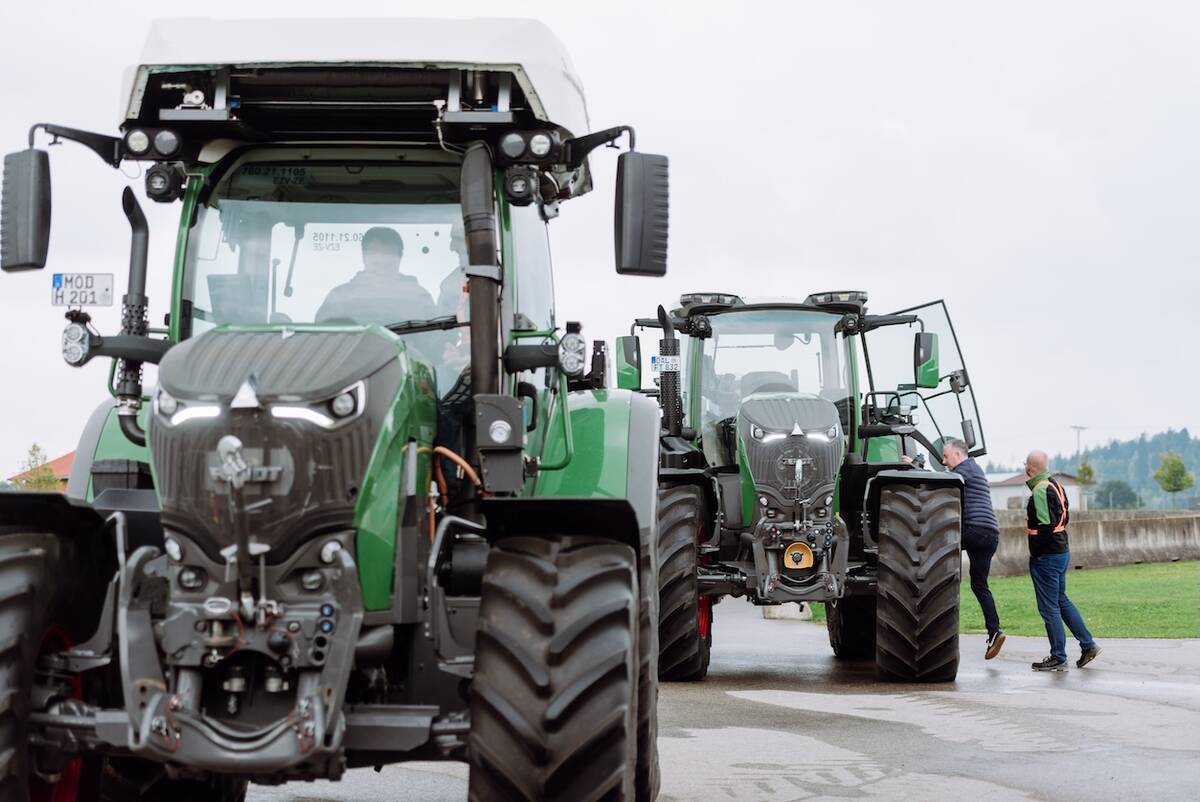
Agco worries about outlook for North America
Agco chief executive officer Eric Hansotia recently had both good and bad news to share about the demand for new farm equipment.
One somewhat annoying feature was the alarm buzzer that went off if the driver tried to leave the cab without setting the parking brake. (It was also necessary to have the brake set to start the engine.) It would have been nicer to have a more subtle alarm sound than what’s in use. But that’s a minor point.
When it comes to maneuverability, we were initially shocked at the steering on the 151 — or maybe better said, the lack of it. The turning radius measured in excess of 43 feet and it was impossible to turn the wheels when the tractor wasn’t moving. After some back and forth with the Kubota product reps, it was discovered that the power steering pump pressure had not been adjusted to compensate for the weight of the front-end loader. That would usually be done during a pre-delivery inspection at the dealer.
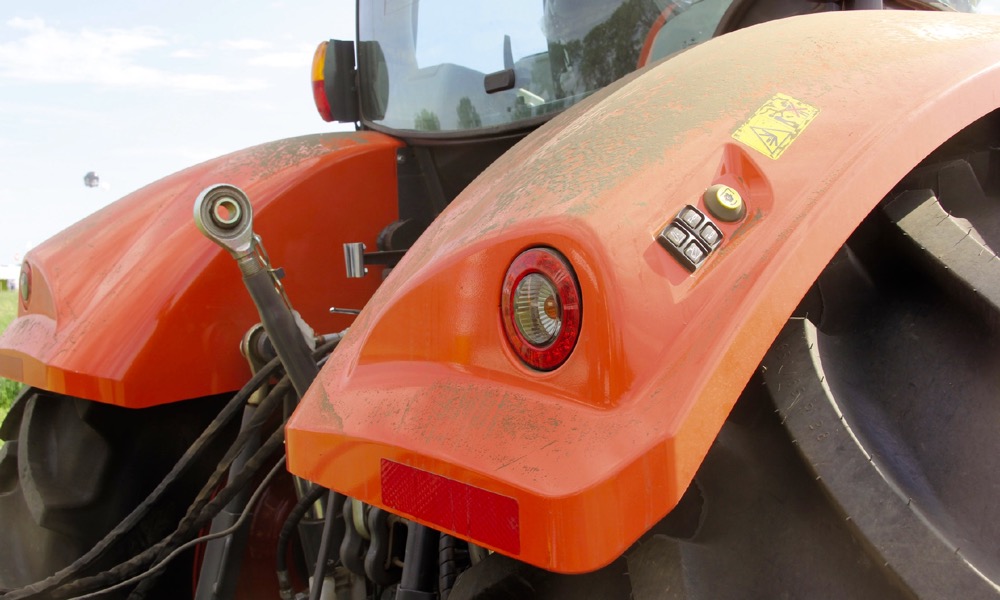
The 171 model under test proved to be much better at turning corners. In fact, it turned so tightly we had to back off to ensure the rear tires didn’t hit the hitch on the baler. Even with large rubber and without pushing it as hard as we could, the turning radius fell to 23 feet (with a baler behind) with a properly set steering pump.
Generally, we found the M7s were capable tractors when put to the test.
Here’s how we broke down our likes and dislikes.
M7 tractor stats
Kubota’s current line of M7 tractors consists of three models ranging from 131 to 168 engine horsepower (100 to 140 at the p.t.o.). The 131 and 151 claim a 20 h.p. power boost, while the 171 is rated for five. Each model is available with a 24-speed powershift or CVT transmission, and the 151 and 171 are available in Premium, Premium KVT or standard configurations, which means there are three versions of each of these models.
All three models get their power from a turbocharged four-cylinder 374 cubic inch (6.1 litre) diesel engine.
Canadian base MSRPs range from $153,786 to $204,627.
Likes
- The overall design of the M7 Series gives them an attractive appearance with a bit of a nod to the styling cues used on many European brands.
- The cab interior is large, and easy to clean with mostly hard surfaces, and it’s relatively quiet. Visibility all around is very good.
- Convenient control arrangement on the armrest, including the dual function joystick that can switch back and forth between loader and rear SCV operation with the push of a button.
- The display screen makes it into both the like and dislike category here. It is large and intuitive to use, but it suffers from extreme glare in daylight, making it hard to see, depending on which way the tractor is facing.
Dislikes
- The 151 model supplied to us suffered from a significant steering problem. Turning radius stretched to over 43 feet, and the power steering couldn’t turn the wheels when the tractor wasn’t moving. After some checking, it was determined that the power steering pump pressure needs to be turned up from the M7 factory setting to accommodate for the weight of the front-end loader. The 171 without a loader in our test steered flawlessly, and turning radius was less than 23 feet. So we really can’t fault the tractor. Proper set up is important for operating performance.
- On the KVT-equipped tractor, there was a bit of a lag when starting off with the CVT transmission after the propulsion lever was pushed, making it seem a little slow to respond.
- A very irritating warning buzzer alerts the driver if the parking brake isn’t set when the ignition is turned off. A chime, like the you-left-your-keys-in-the-ignition warning on cars, or something less annoying might have been a better choice.
- At times, the display screen could be difficult to see during the day due to glare.
- The operator’s manual suffered from a less-than-perfect translation, making some sentences a little hard to understand. You could almost hear the Japanese accent in your mind when reading it.
